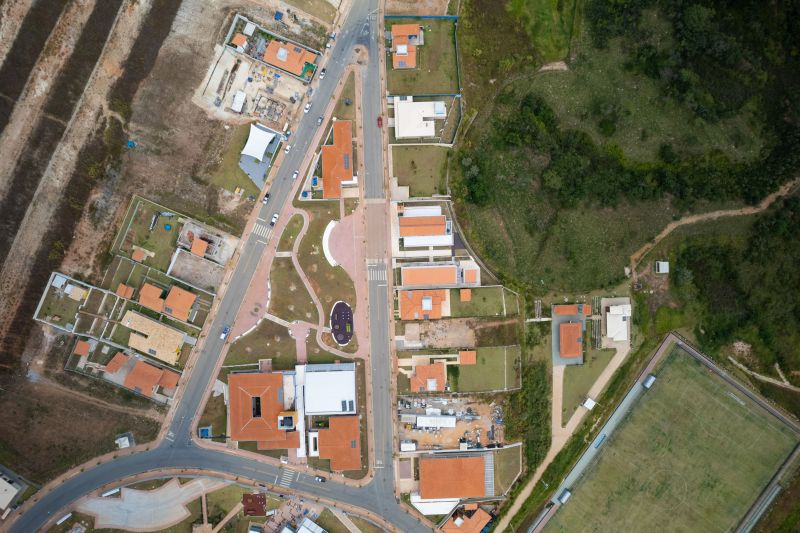The Mariana dam disaster, a catastrophic event that reverberated through communities and ecosystems alike, has underscored the urgent need for innovative assessment methods in crisis management. In the chaotic aftermath of such calamities, timely and accurate evaluations of damage become paramount for effective recovery efforts.
Enter satellite imagery—an extraordinary technological tool that transcends geographical barriers and provides a bird’s-eye view of destruction on an unprecedented scale. By harnessing high-resolution images, researchers and authorities can not only gauge the immediate impact on infrastructure but also monitor the longer-term ecological repercussions.
This article delves into the pivotal role satellite imagery plays in assessing damage following the Mariana dam collapse, revealing how this aerial perspective aids in rebuilding lives while fostering resilience against future disasters. With the capacity to merge vast data sets and provide real-time insights, satellite technology emerges as a beacon of hope in the quest for understanding and recovery in the wake of disaster.
The Role of Satellite Imagery in Disaster Assessment

Satellite imagery has become an indispensable tool in the assessment of disasters, particularly in the wake of catastrophic events like the Mariana dam disaster. With its ability to capture vast, high-resolution views of affected areas, satellite imagery provides critical insights into the extent of damage, facilitating rapid evaluations that ground-based surveys might miss.
These aerial perspectives reveal not just the immediate impact on infrastructure and the landscape but also highlight changes in environmental conditions, such as alterations in waterways or shifts in vegetation. During the aftermath of the dam failure, for instance, satellite images enabled responders to map the floods path, identify impacted communities, and assess the stability of nearby structures—all in a matter of hours.
The integration of this technology not only enhances situational awareness but also informs decision-makers, helping them allocate resources effectively and streamline recovery efforts. In a world where time is of the essence, the role of satellite imagery is not just beneficial—it is transformative.
Methodology: How Satellite Imagery Was Utilized

In the wake of the catastrophic Mariana dam disaster, satellite imagery emerged as a vital tool for assessing the extensive damage wrought by the event. High-resolution images captured from various satellites provided a bird’s-eye view of the affected area, revealing not just the immediate aftermath but also the broader geographical impact of the disaster.
Through the analysis of these images, researchers were able to pinpoint flooded zones, identify areas of soil erosion, and map the destruction of key infrastructure, thus painting a detailed picture of the devastation. Satellite data allowed for temporal comparisons, enabling the monitoring of changes over time as recovery efforts progressed.
By employing advanced imaging techniques, including multispectral analysis, experts were able to discern differences in land cover and vegetation health, facilitating a holistic understanding of the ecological repercussions that followed. This multifaceted approach highlighted the immense potential of satellite technology, offering invaluable insights that strengthened emergency response strategies and informed longer-term recovery plans for the region.
Assessment of Damage Through Satellite Imagery

The assessment of damage following the Mariana dam disaster through satellite imagery offers a powerful lens into the extent of the devastation. High-resolution satellite images are capable of capturing vast landscapes with intricate detail, revealing the stark contrast between the pre- and post-disaster environments.
Analysts can discern not only the immediate impacts on infrastructure, such as washed-out roads and damaged buildings, but also the broader ecological ramifications, including altered water bodies and displaced vegetation. By utilizing advanced techniques like change detection and multispectral analysis, teams can map affected areas, quantify the extent of flooding, and identify hotspots of significant destruction.
This method enables rapid evaluation and prioritization of recovery efforts, highlighting regions that urgently need intervention, thereby transforming how we respond to such catastrophic events. Additionally, the ability to monitor recovery over time provides invaluable insights into resilience and restoration efforts, demonstrating that even in the wake of disaster, hope can emerge from the layers of data painted across the earth.
Conclusion
In conclusion, the use of satellite imagery has proven to be an invaluable tool in assessing the damage caused by the Mariana dam disaster in Mariana Minas Gerais. By providing a comprehensive and rapid overview of the affected areas, satellite technology enables authorities and relief organizations to make informed decisions and prioritize recovery efforts effectively.
The detailed insights gathered from aerial observations not only aid in the immediate assessment of infrastructural and environmental damage but also contribute to long-term planning and prevention strategies for future disasters. As we continue to harness the advancements in satellite imaging, our ability to respond to such crises will undoubtedly improve, ultimately fostering resilience in vulnerable communities facing the threats of industrial hazards.


